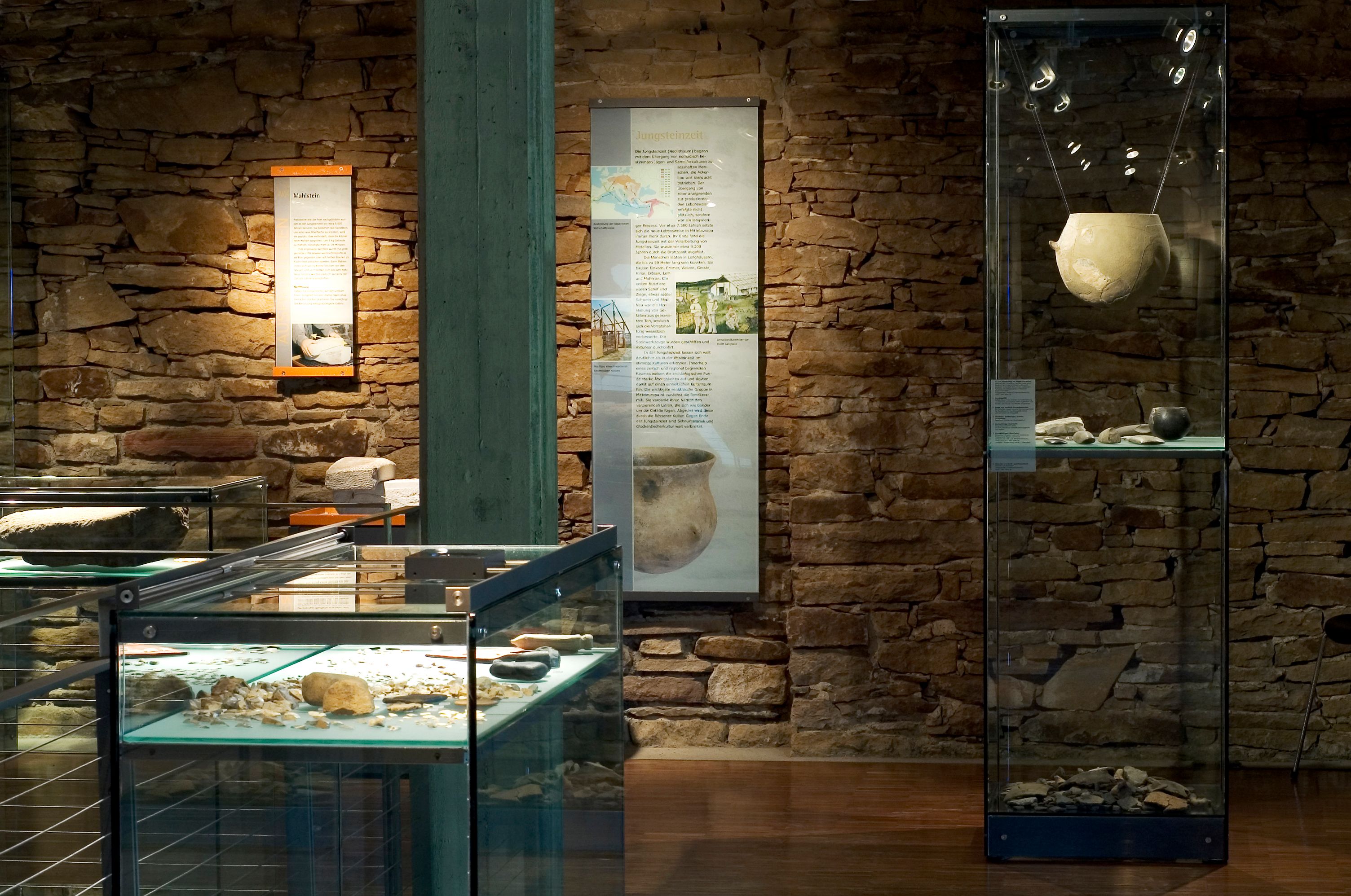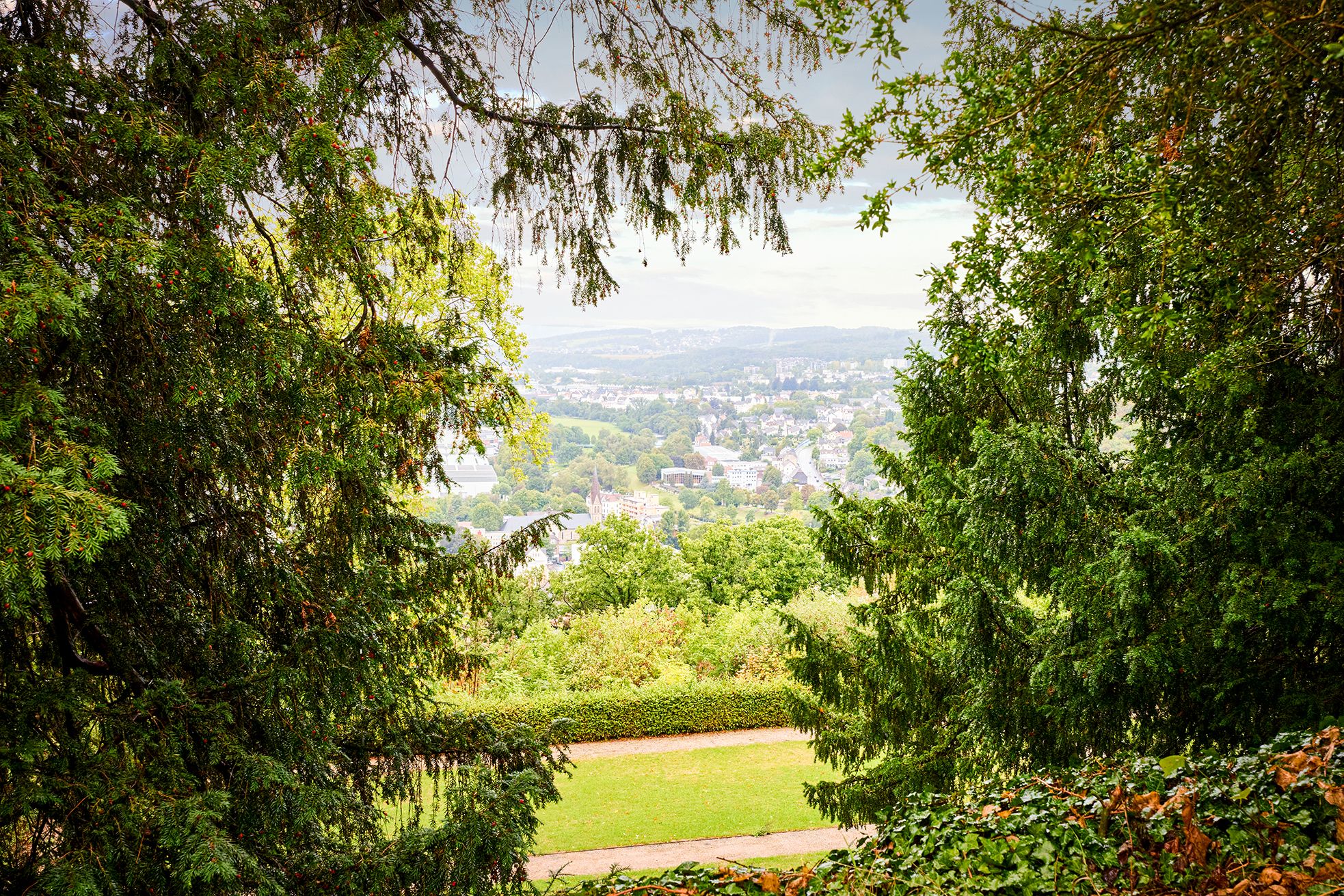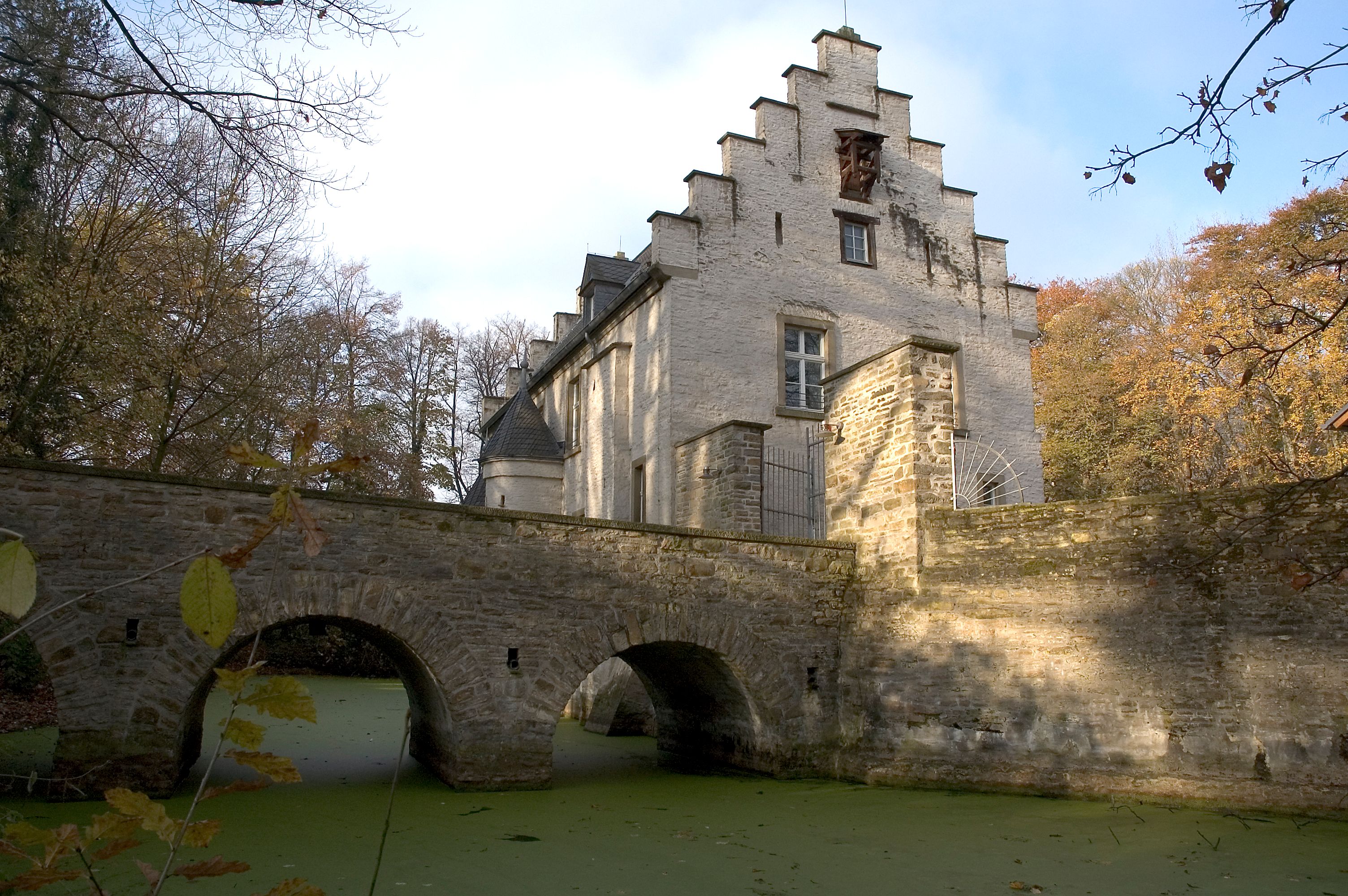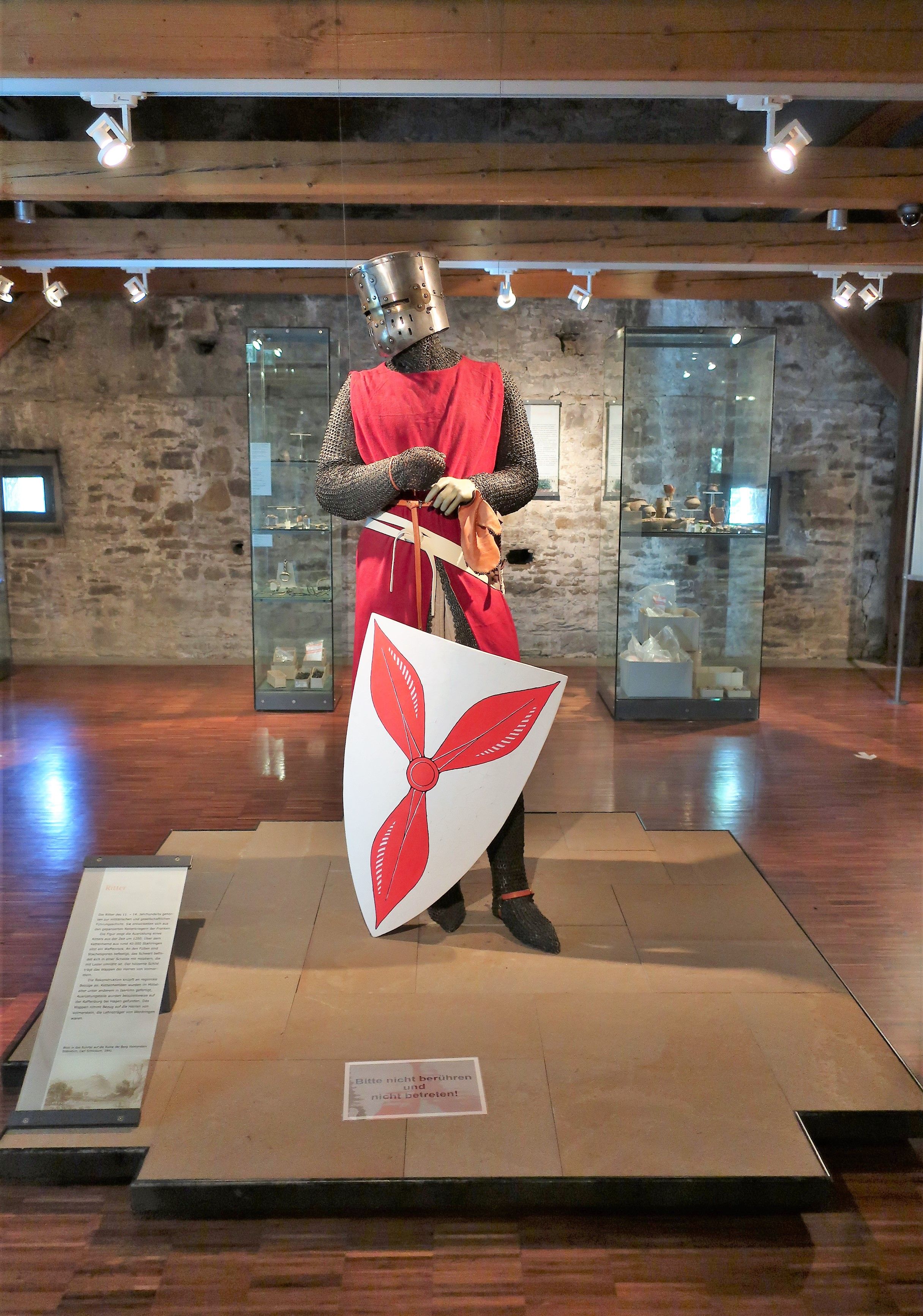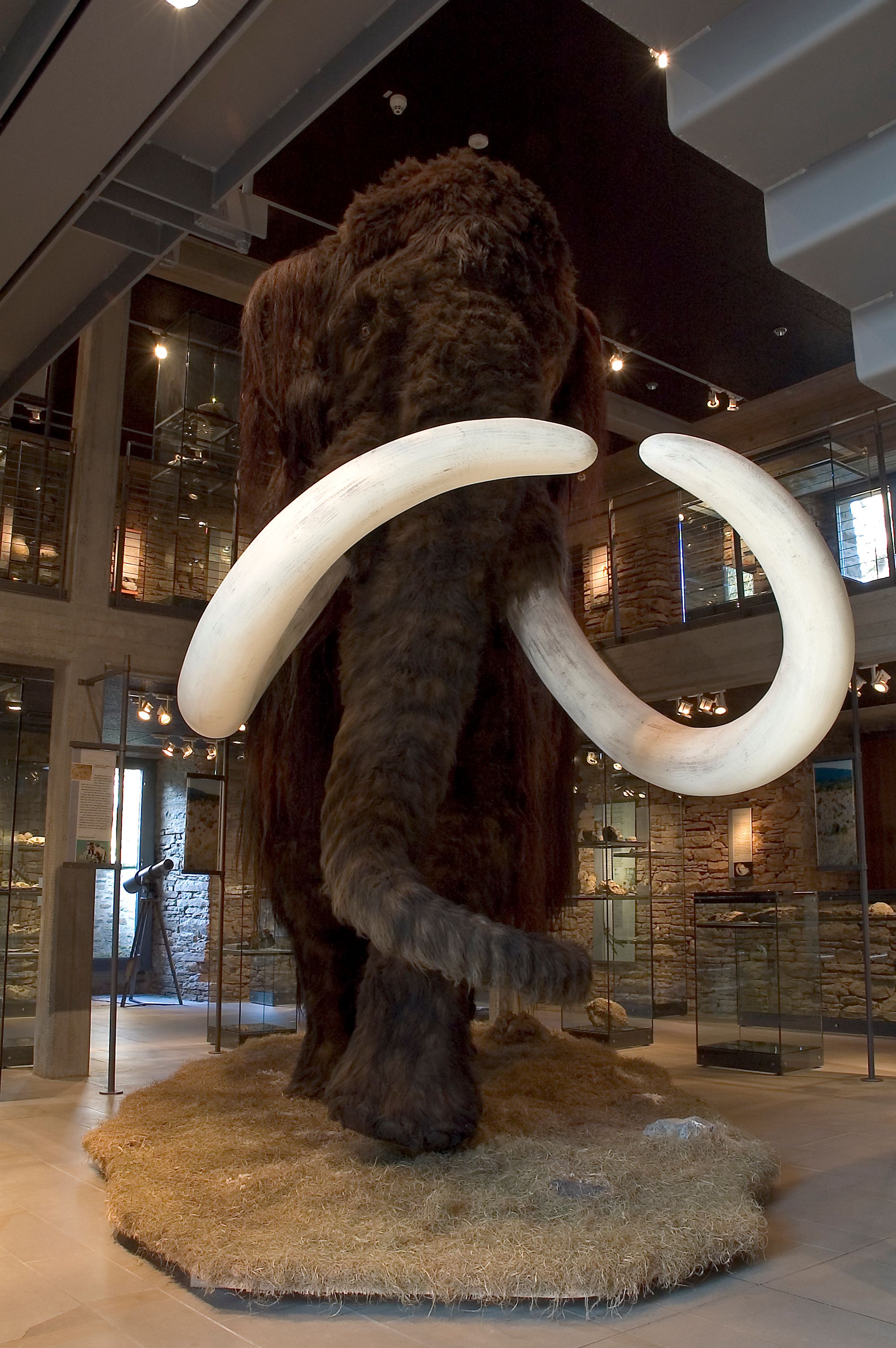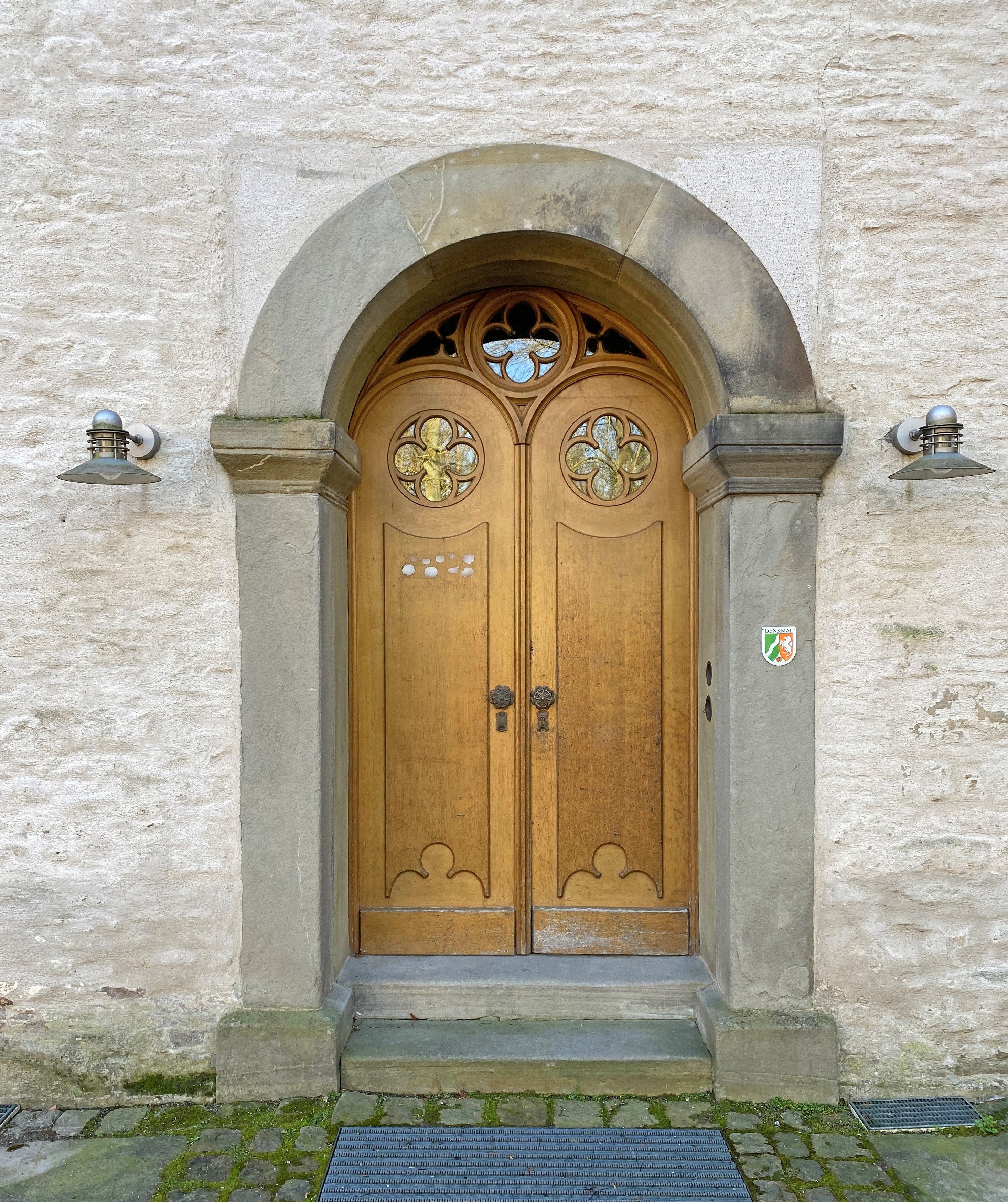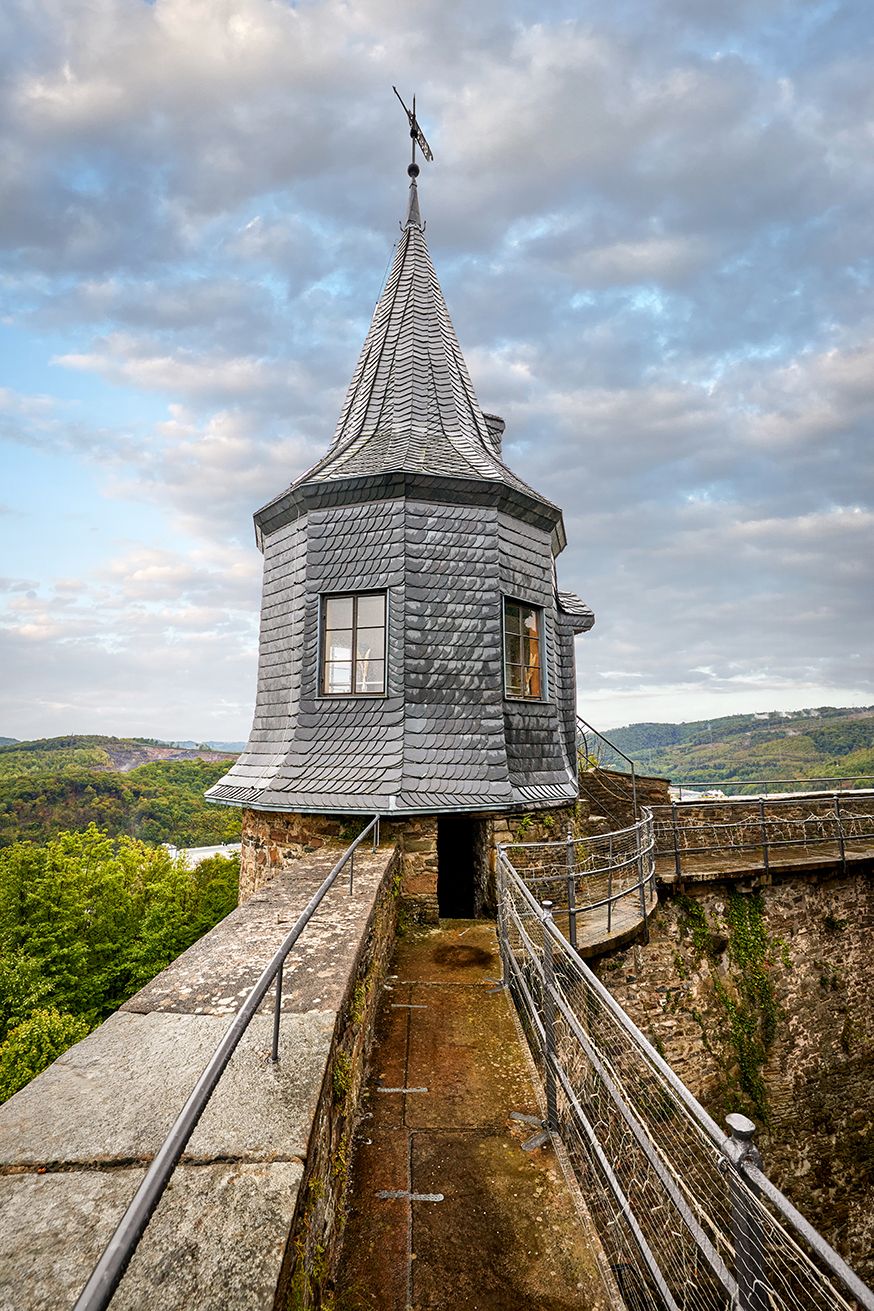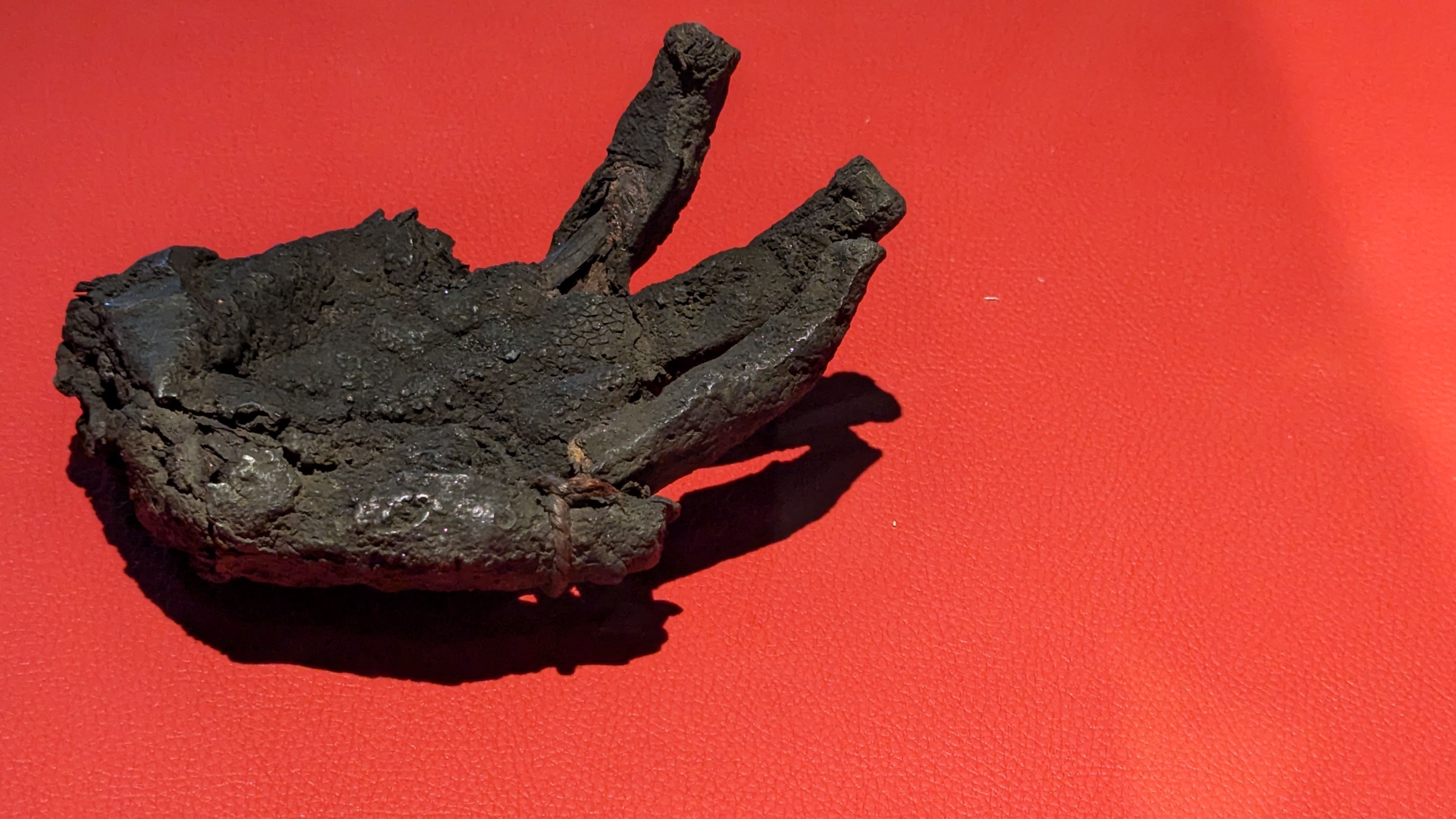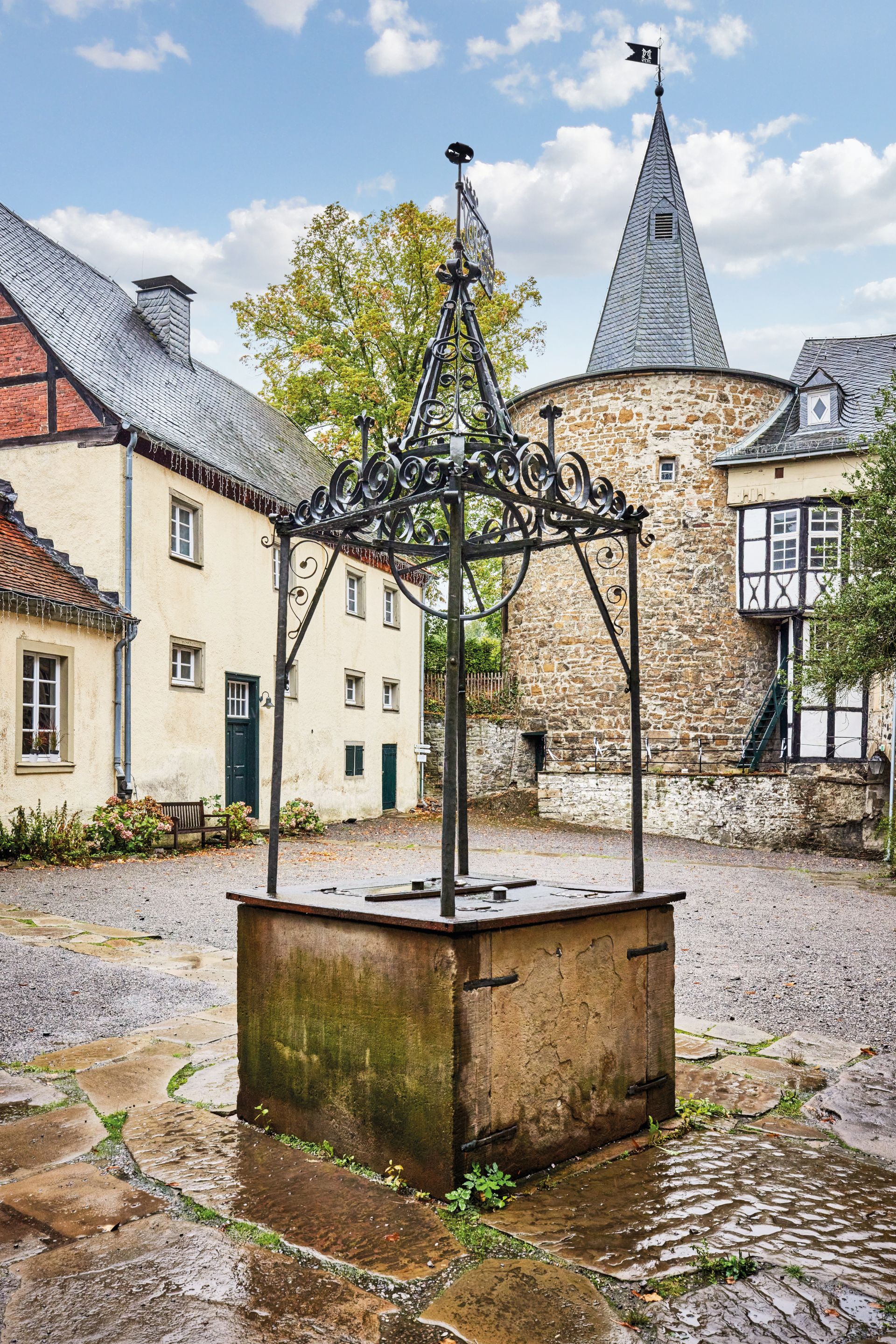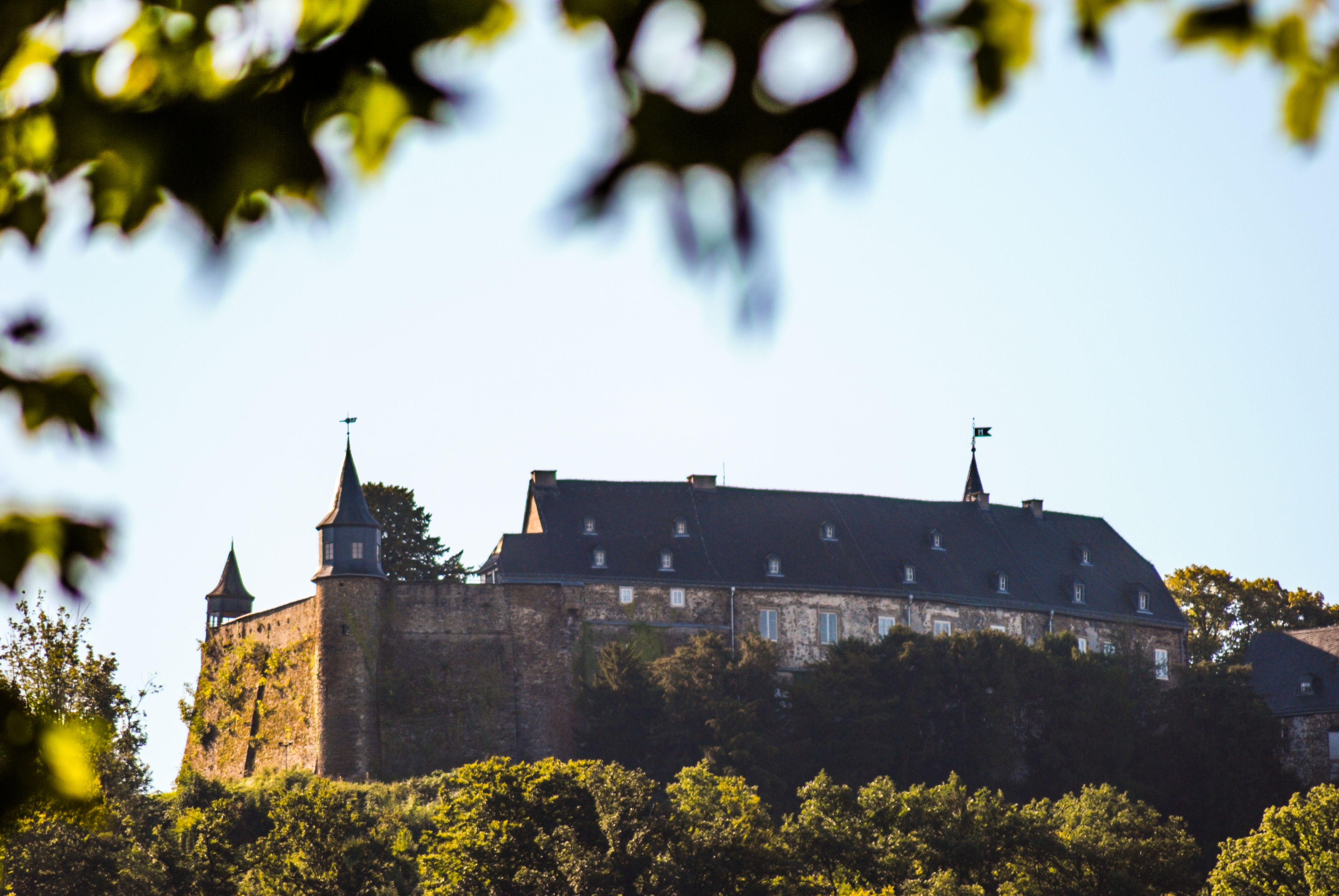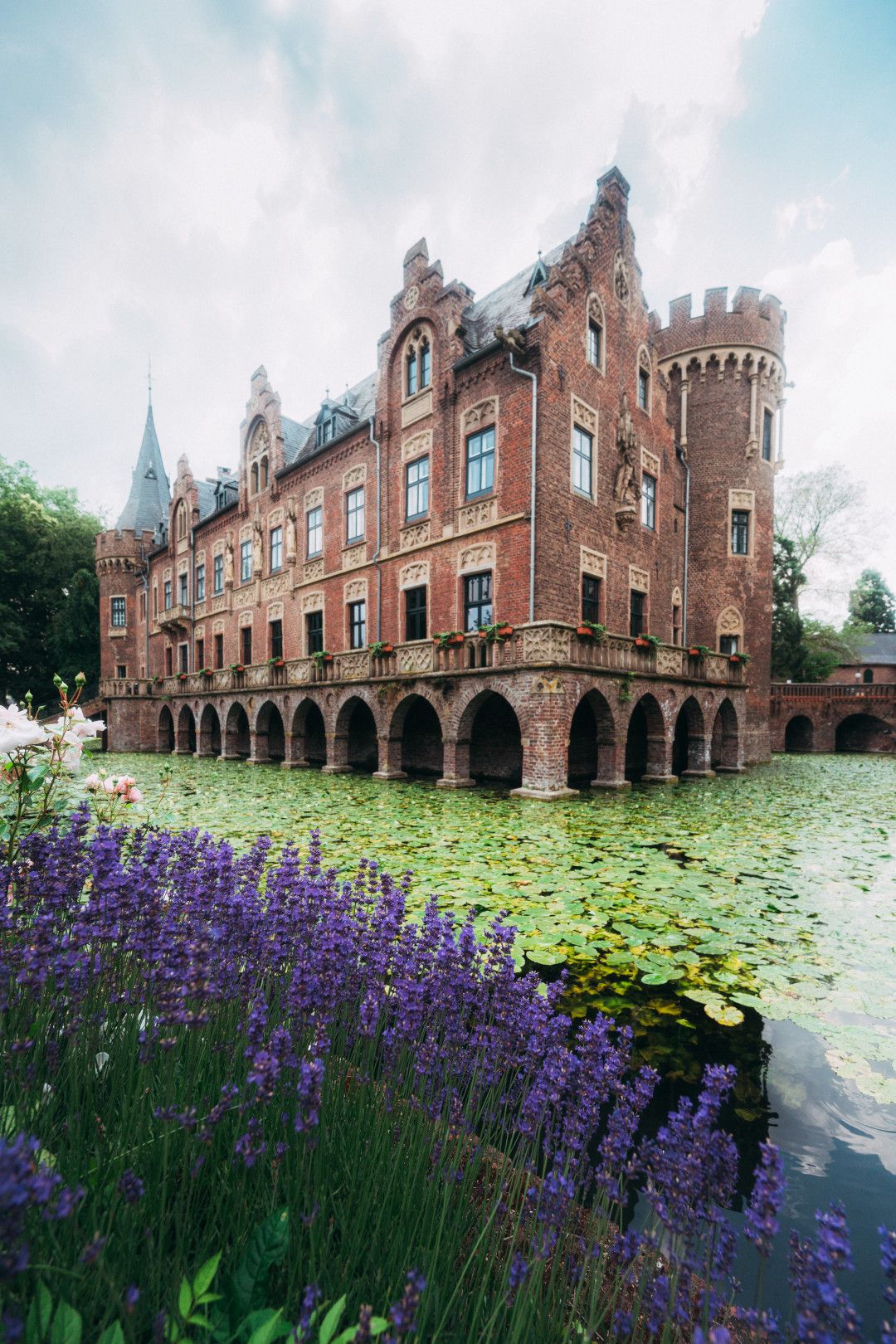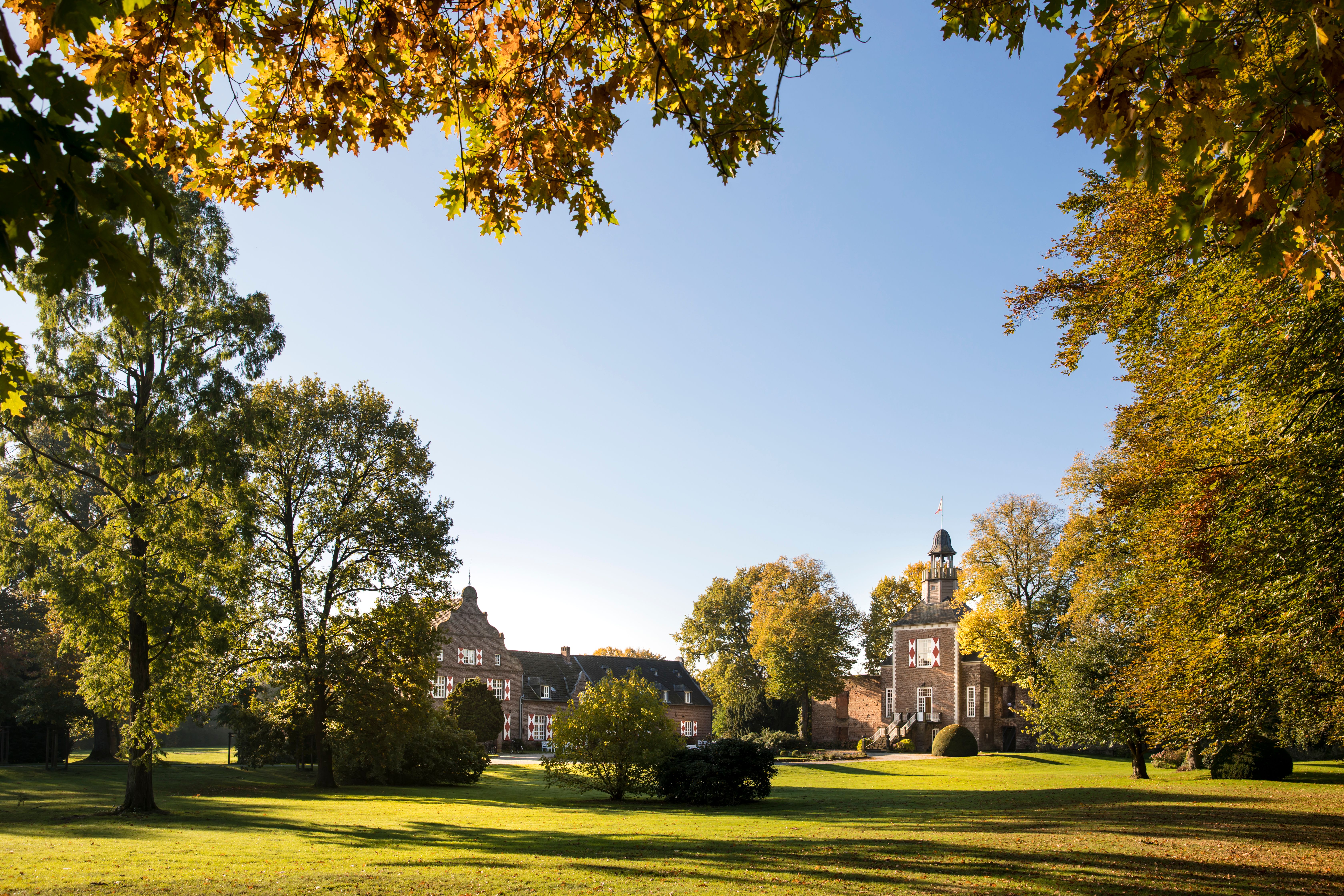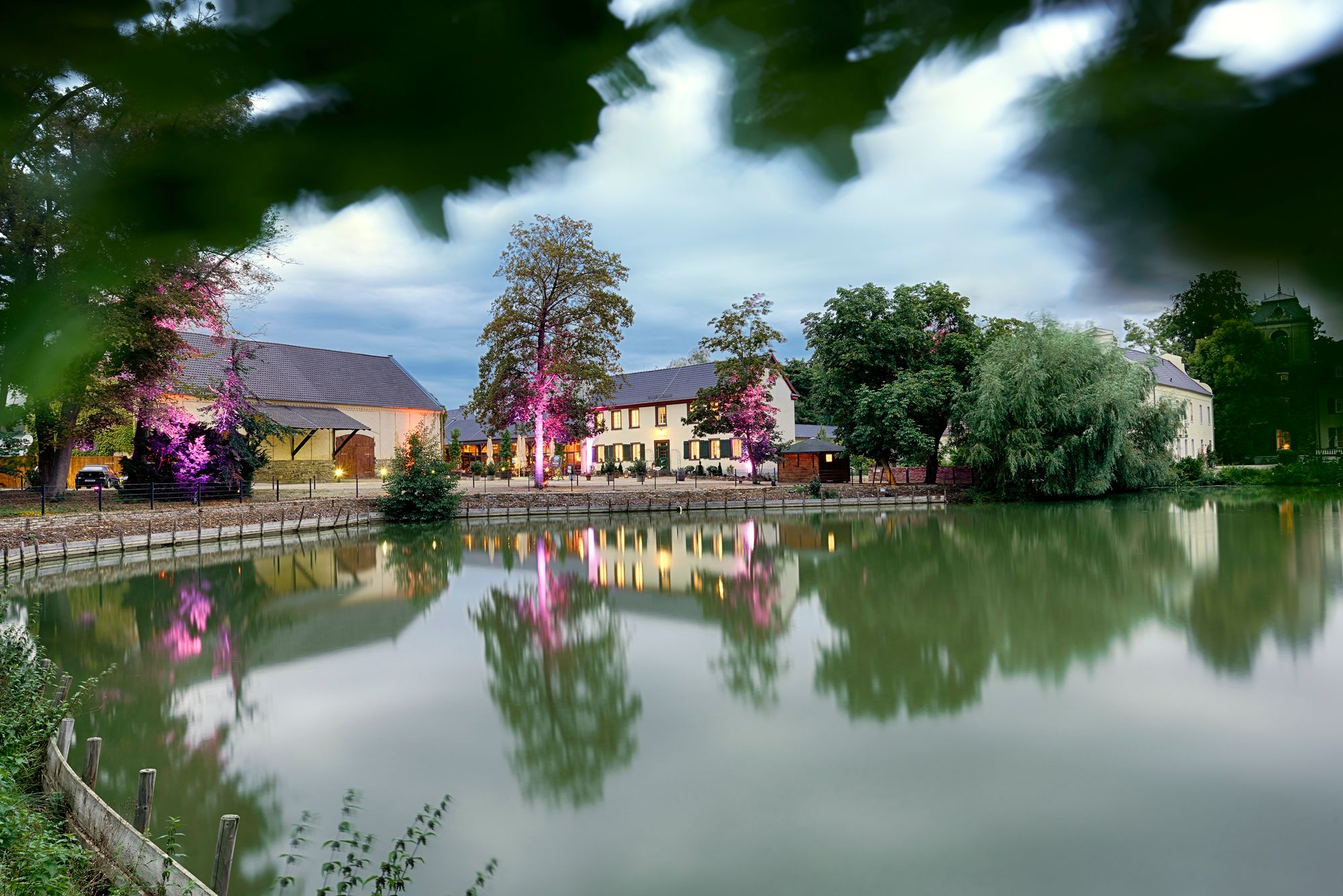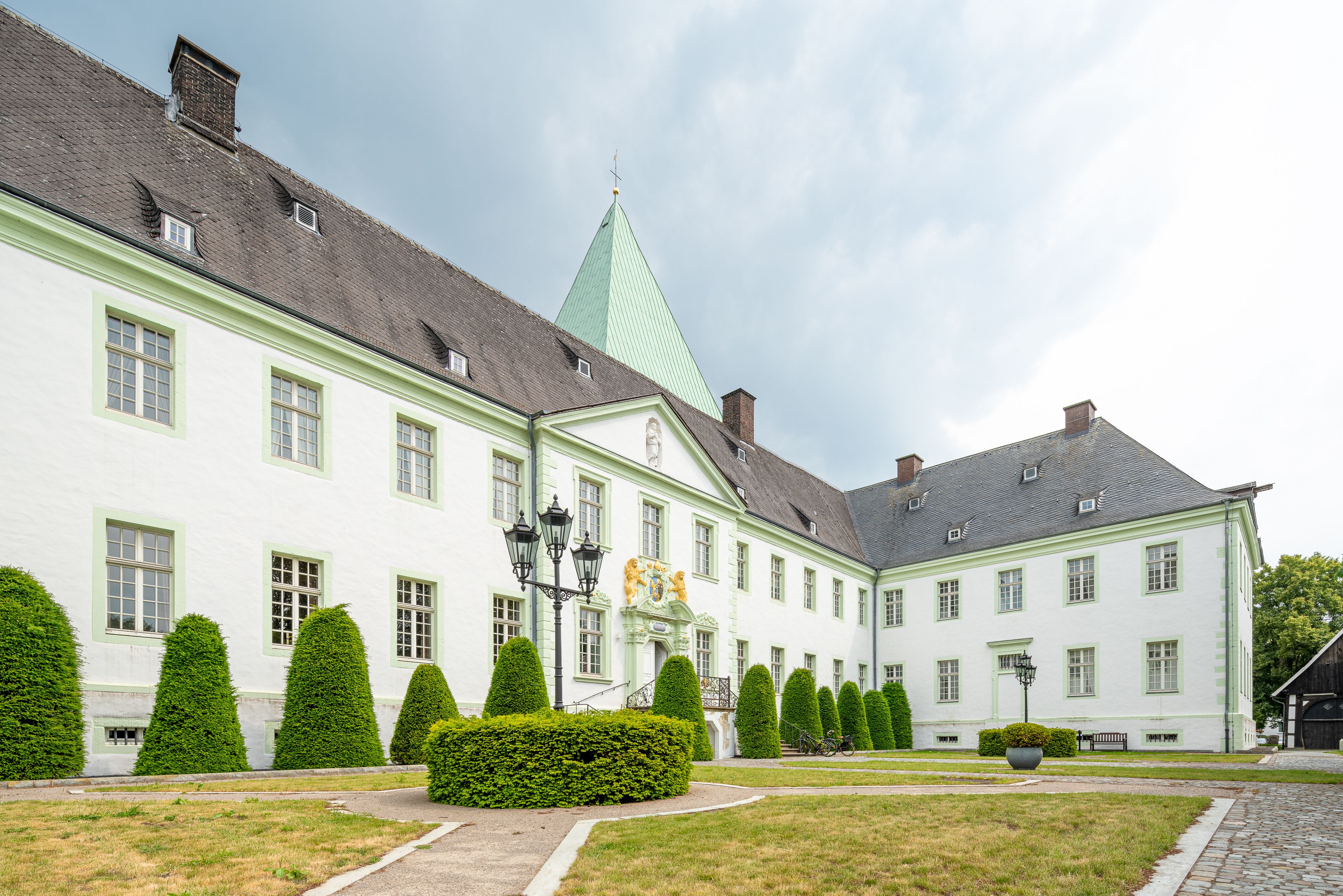Fossils millions of years old, the bones of the oldest Westphalian and a "black hand" that has given generations of children goosebumps: the "finds" that can be discovered during a visit to Werdringen moated castle range from ancient to eerily beautiful. Werdringen Moated Castle on the banks of Lake Harkort in Hagen and in nearby Hohenlimburg Castle. Hohenlimburg Castle can be discovered. While a metre-high mammoth welcomes visitors of all ages here, just 16 kilometres further on they can venture into a walk-in dungeon with the night watchman.
The history of Werdringen moated castle at the foot of the legendary Kaisberg can be traced back to the 13th century. However, its speciality is not so much the complex itself, but the historical landscape in which it was once built. During excavations in the national geotope in the former Vorhalle brickworks, huge prehistoric insects and other fossilised animals more than 300 million years old were discovered. They are now part of the collection of the Hagen Archaeological Museum, which was opened at Werdringen Moated Castle a good 20 years ago, as are the remains of a dinosaur from the Cretaceous period. In contrast, the bones of the "oldest" Westphalian are comparatively young. They are around 11,000 years old and were found in the Blätterhöhle cave in Hagen. Finds from the cave also point to Stone Age burials and early settlement history in the cave. After a visit to the museum and a short break in the castle courtyard of the idyllically situated complex, you can explore further archaeological and architectural monuments on the geological trail, which opens up the earliest coal seams worth mining in the Ruhr Area.
